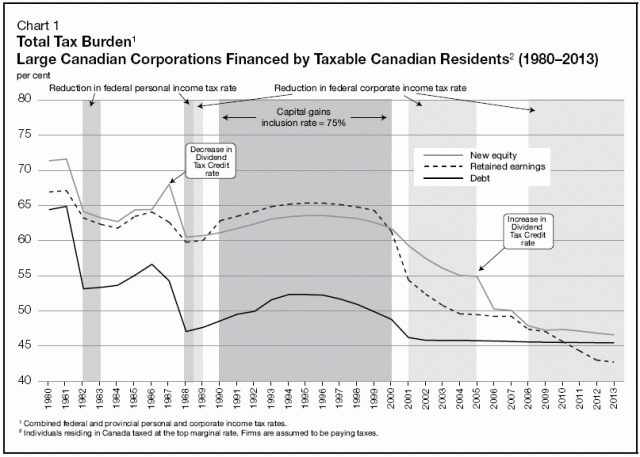Now is about the time to think about how your portfolio should look at the beginning of 2011.
In general, it is usually a wise decision to realize capital losses if you have capital gains to offset them with (i.e. in 2007, 2008, 2009 or 2010 tax years). Each realized loss dollar will result in a “refund” of half your marginal rate for that year. One usually wants to back capital losses into the earliest possible year (2007) if available, but if you have a lumpy income stream, then the high marginal rate year would be the correct decision.
Conversely, if you anticipate lumpy income in the future, realizing capital gains in the current tax year if the current year is a low income year may be optimal – these sorts of optimization calculations are never easy to perform.
The big change from previous years is the looming conversion of income trusts to corporations. Most income trusts will be distributing income until the last possible moment. For most, this means trust holders at the end of the year will be receiving income distributions. For those holding trusts in registered accounts (RRSP, TFSA, etc.), the optimal time to move them out of the registered accounts is at the beginning of 2011 and into non-registered accounts. This assumes, of course, that there are substitute investments that bear income that can be placed into the sheltered account.
You can perform this by doing an asset swap in the case of an RRSP; just that non-registered assets that are swapped into the RRSP will have a deemed disposition – a capital gain will be realized at this point. Capital losses are not allowed to be recognized with an asset swap, so if you plan on swapping assets that are in a current loss position, you will have to wait 31 days before repurchasing in order to avoid the so-called “wash rule”.
Tax planning is quite complicated, but in terms of portfolio management, it involves in placing as much income (interest income, REIT income, and solely in the case of an RRSP and not TFSA, US corporate dividends) as possible into sheltered accounts, and as much tax-advantaged income (eligible Canadian dividends, capital gains) outside the registered account. Unlocking the assets from an RRSP in a tax efficient manner is also a non-trivial issue to examine, which strongly depends on personal circumstances. The TFSA is a simple matter with our existing rules – it should always have something inside it.

